

A judge has ruled that the Materials Innovation and Recycling Authority (MIRA) must pay $1.1 million in damages to a subsidiary of Republic Services. | BCFC/Shutterstock
A Connecticut judge last month ordered a public authority to pay Republic Services damages in a MRF operations contract dispute. Soon after, the saga took another turn, with Republic indicating it’s set to bow out of the agreement altogether.
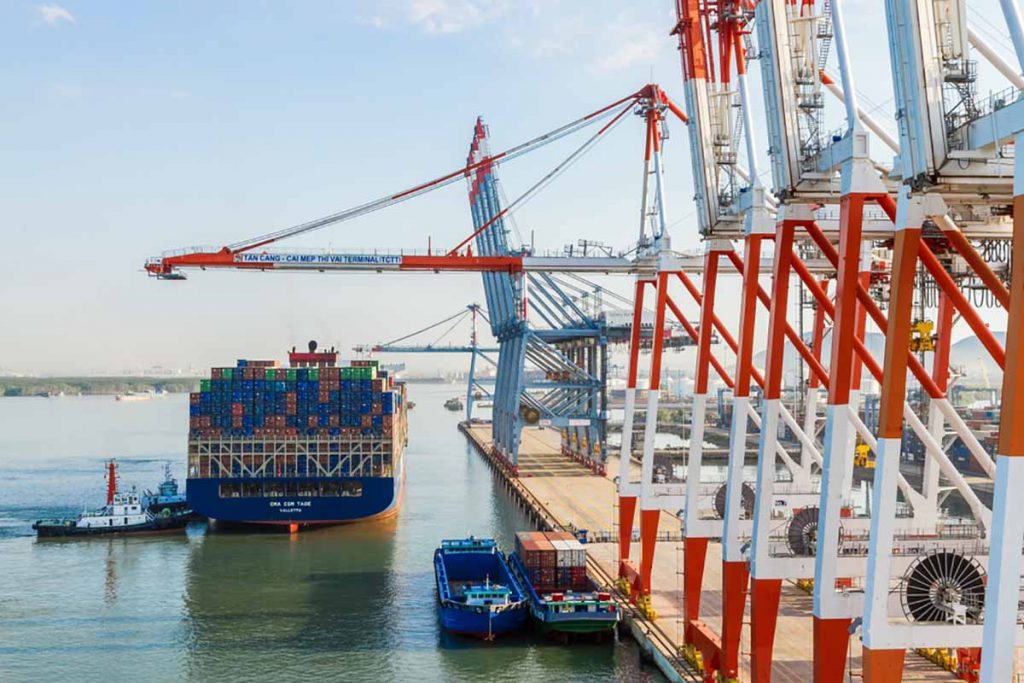
News that Vietnam will no longer allow imports of U.S. mixed paper drew attention last month. | Domicile Media/Shutterstock
Articles about fiber markets, the U.S. recycling rate, waste reduction and brand owner commitments drew our readers’ clicks last month.
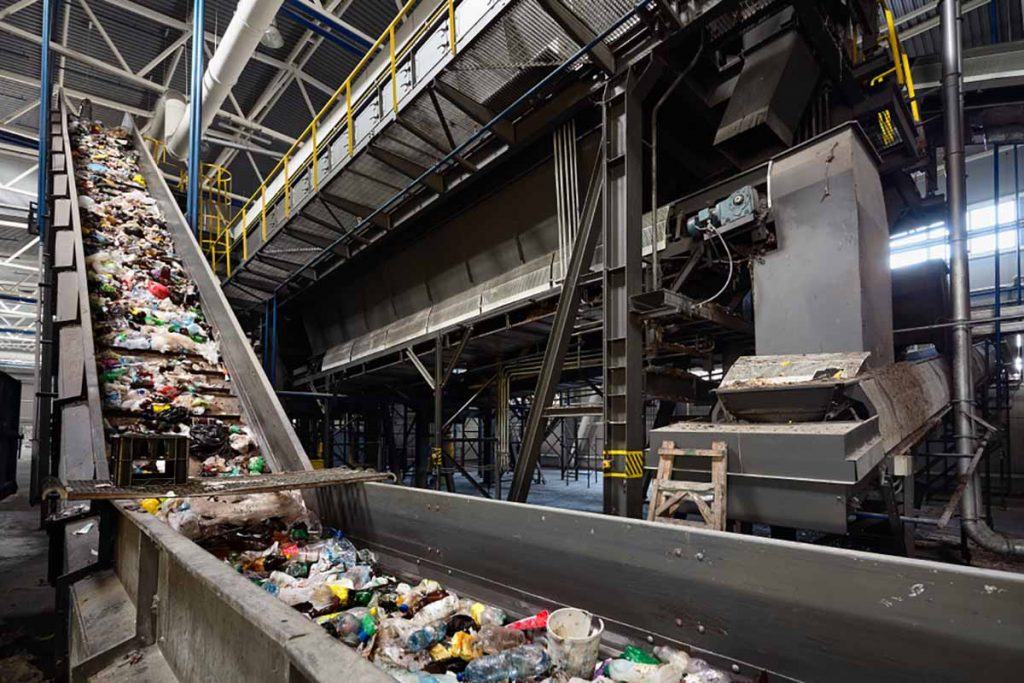
Through the new grants, The Recycling Partnership estimates curbside PP recycling will become available to an additional 4 million people nationwide. | RYosha/Shutterstock
Four MRFs in the eastern half of the U.S. will begin sorting polypropylene with financial assistance from major brands, retailers and other industry members brought together through The Recycling Partnership.
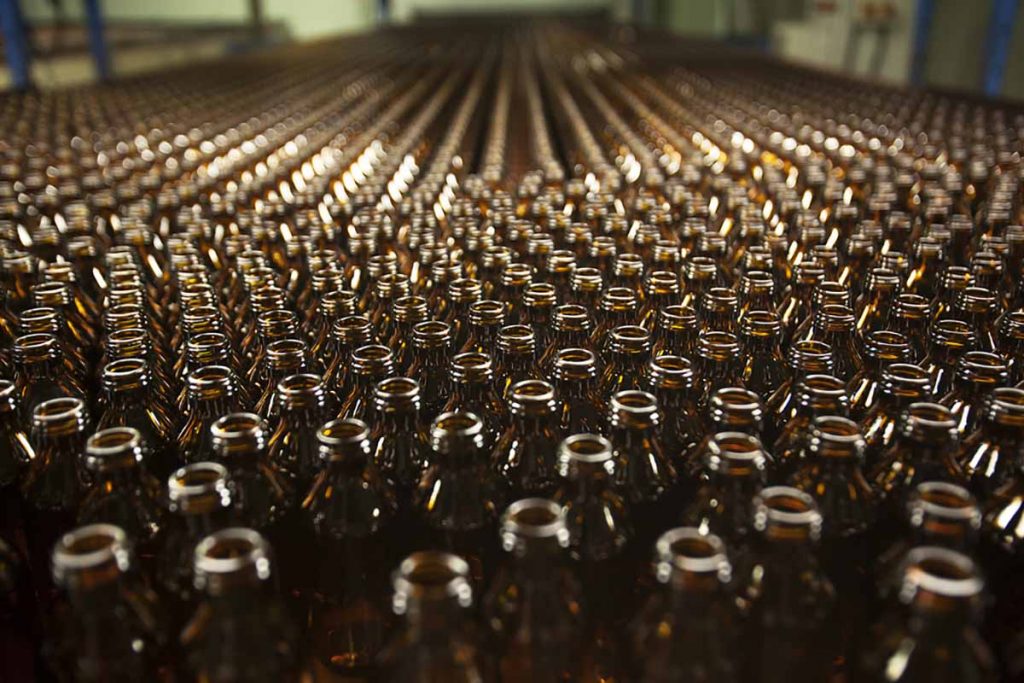
Estimated to cost $123 million, the Valdosta, Ga. plant will have a capacity to produce about 100,000 metric tons of bottles per year. | OVKNHR/Shutterstock
A new U.S. bottle plant that will use recycled glass has begun firing up its furnaces.
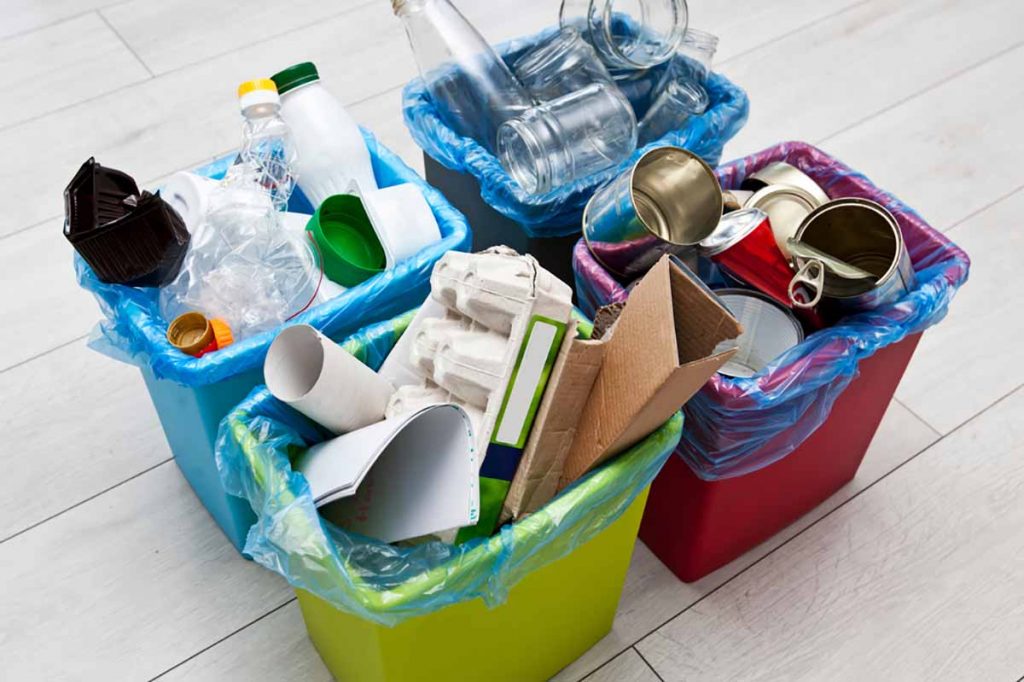
The authors lay out different approaches to goal setting and measurement for EPR programs. | Skylines/Shutterstock
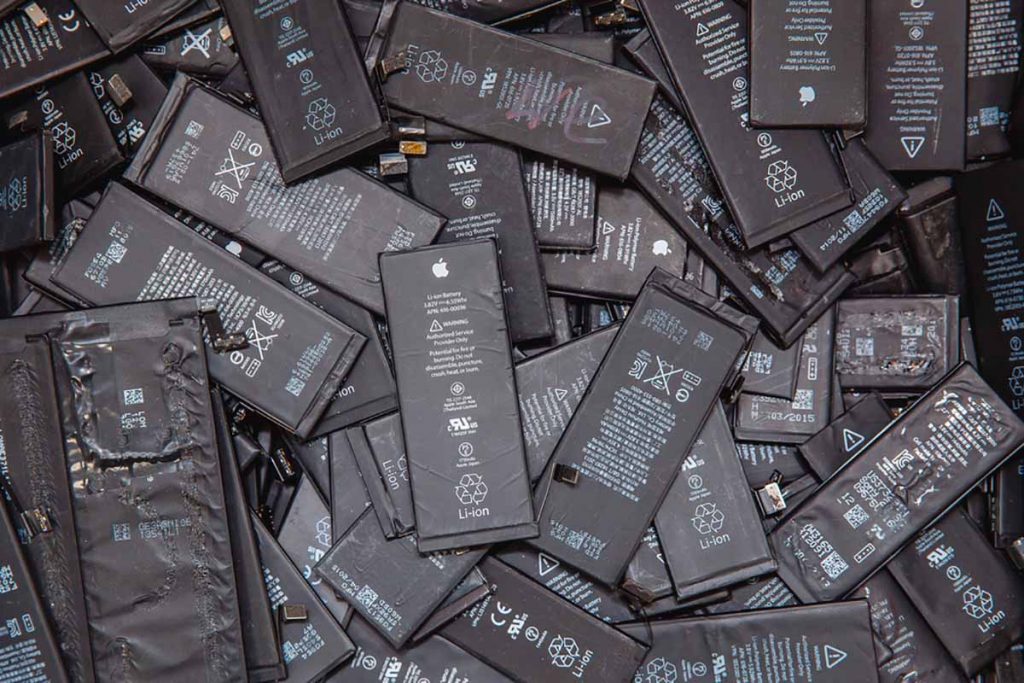
The Rochester, N.Y. plant will be able to process up to 5,000 metric tons of spent lithium-ion batteries per year. | Parilov/Shutterstock
A lithium-ion battery recycling plant has come on-line in upstate New York.

An employment lawyer recently said there isn’t a clear answer yet on whether non-healthcare employers can force employees to receive COVID-19 vaccinations, but there are some indications they’ll be allowed to. | Rohane Hamilton/Shutterstock
As the country gets closer to coronavirus vaccine approvals and distribution, recycling business managers may soon face a thorny question: whether to force employees to inoculate.
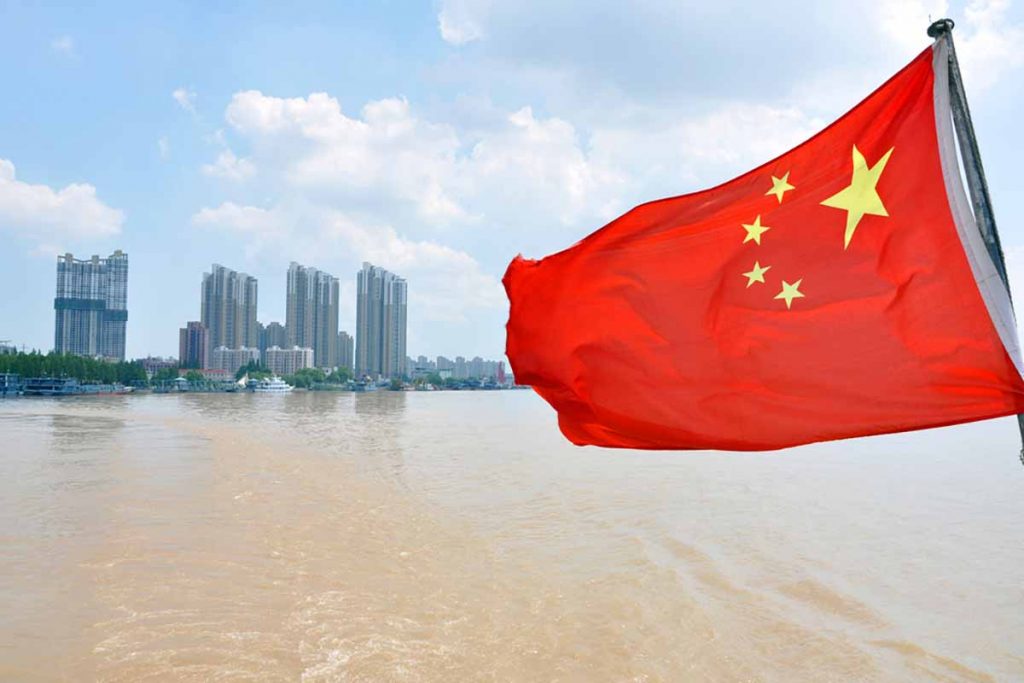
The Chinese government has been enacting restrictions over the past few years, with a full ban coming into effect Jan. 1, 2021. | Wangkun Jia/Shutterstock
The Chinese Ministry of Ecology and Environment last week announced details about the country’s upcoming ban on all materials it classifies as “solid waste,” including recovered fiber.
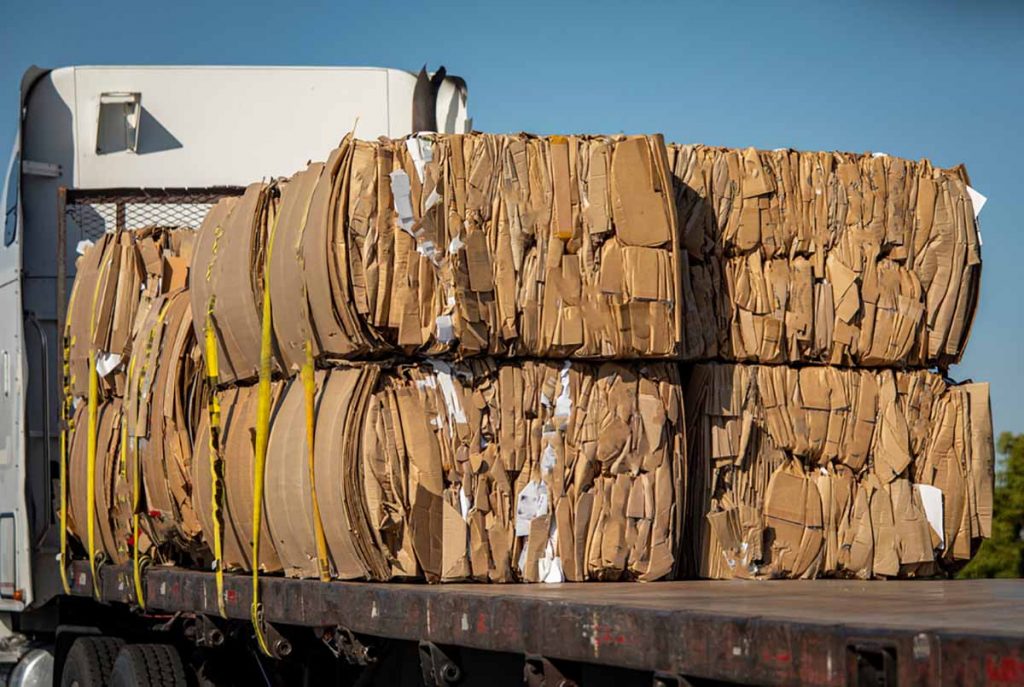
China remains the largest buyer of U.S. fiber, importing 1.86 million short tons during the third quarter. | F Armstrong Photography/Shutterstock
Paper and plastic exports continue to trend lower than in previous years, even as shipments increase to certain countries, recent figures show.
